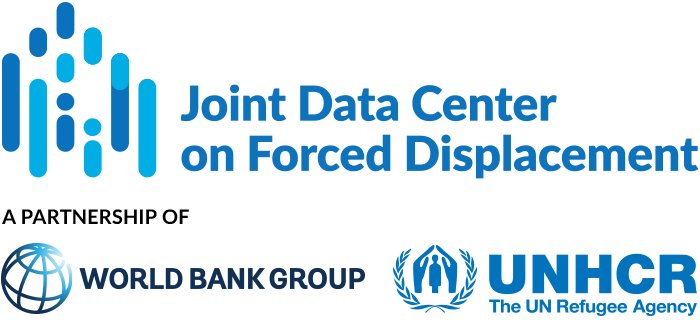The 2019 Vulnerability Assessment Framework (VAF) population study examines different dimensions of vulnerability across multiple sectors among a representative sample of registered Syrian refugees in Jordan, stratified by case size and governorate of displacement....
JDC Literature Review
Vulnerability Assessment of Syrian Refugees in Lebanon (VASyR) 2018
This report examines the socio-economic situation of a representative sample of Syrian refugee families in Lebanon. The survey covered 4,446 Syrian refugee households randomly selected from 26 districts across Lebanon, and representative at district, governorate and...
Housing and Living Conditions in Jordan 2010-2016
This paper investigates living and housing conditions in Jordan, comparing in-camp and out-of-camp refugees with Jordanians. The analysis is based on data from the Jordan Labor Market Panel Surveys (JLMPS) of 2010 and 2016. The author finds: Living and housing...
Syrian Refugees In Jordan: Demographics, Livelihoods, Education, and Health
This paper profiles the Syrian refugee population in Jordan in terms of demographic characteristics, participation in the labor market, education, and health outcomes. The authors rely on data from the Jordan Labor Market Panel Survey (JLMPS) of 2016, which...
The Mobility of Displaced Syrians – An Economic and Social Analysis
This report analyzes the “mobility calculus” of Syrian refugees through: (a) a review of international experience to identify push/pull factors; (b) an assessment of the conditions faced by Syrians in Syria, Lebanon, Jordan, and Iraq as they relate to these push/pull...
Syrian Refugees and the Migration Dynamics Of Jordanians: Moving In Or Moving Out?
This paper examines the impact of Syrian refugee inflows on the international, return and internal migration patterns of Jordanians. The analysis is based on data from the Jordan Labor Market Panel Survey (JLMPS) of 2016, which is used to construct individual and...
Migration Dynamics during the Refugee Influx in Jordan
This paper examines migration dynamics in Jordan between 2010 and 2016, a period in which Jordan experienced large influxes of Syrian refugees. The analysis is based on data from the Jordan Labor Market Panel Surveys (JLMPS) of 2010 and 2016. Refugees are defined...
Migration Shocks and Housing: Evidence from the Syrian Refugee Crisis in Jordan
This paper examines the short-term impact of Syrian refugee inflows on the housing market in Turkey. The unexpected influx of large numbers of Syrian refugees is used to construct a quasi-experimental design (the first wave of refugees, arriving between January 2012...
The Impact of Refugees on Employment and Wages in Jordan
According to the 2015 Population Census in Jordan, there were 1.3 million Syrians living in Jordan compared to a population of 6.6 million Jordanian citizens. Until 2016, Syrians were not officially permitted to work, although many found employment in the informal...
The Composition of Labor Supply and its Evolution from 2010 to 2016 in Jordan
This paper examines trends in labor force participation, unemployment and employment in Jordan between 2010 and 2016, in the context of large inflows of Syrian refugees as well as rapid increases in educational attainment among Jordanians. The analysis is based on...


